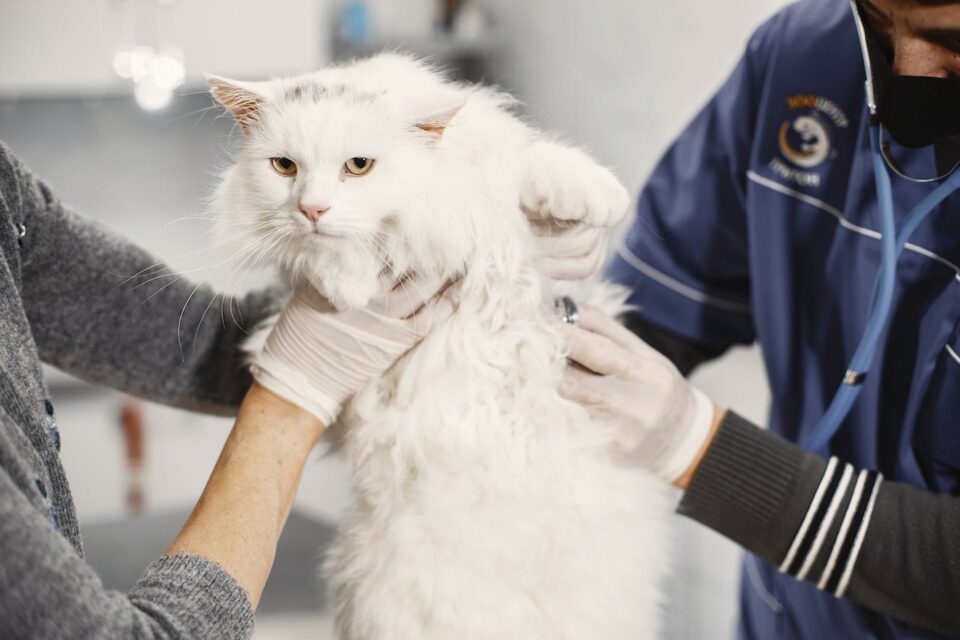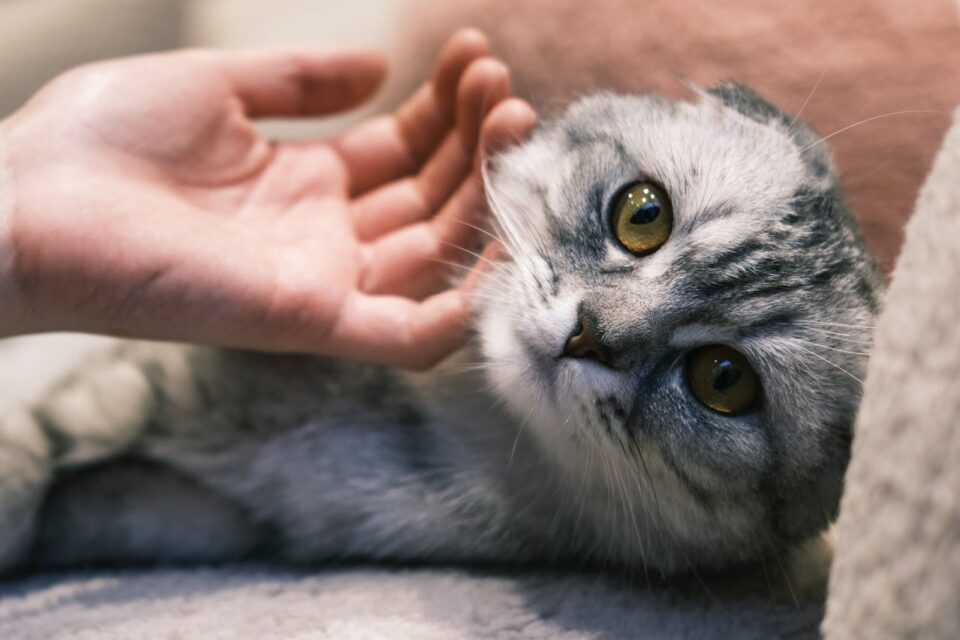Feline Discomfort: How to Tell If Your Cat is in Pain
Cats are mysterious creatures, aren’t they? Their behavior can be puzzling, especially when it comes to pain. Recognizing signs of discomfort in our feline friends is crucial for their well-being. However, it’s not always easy, as cats are masters at hiding pain. As pet owners, we must become detectives, looking for subtle clues in their behavior.
Common signs of feline discomfort include changes in their habits or how they express themselves. Luckily, resources like Gou Gou Pets offer valuable insights into cat care, helping us become more attuned to our cat’s needs.
Behavioral Changes in Cats Indicating Pain
Keep an eye out for changes in your cat’s behavior. Has your usually playful kitty been less active lately? Maybe they’re not chasing their favorite toy like before. Changes in eating or grooming habits can also be red flags. It’s unusual for a cat who loves their food or grooming sessions to lose interest suddenly.
Listen for changes in their vocalization. Is your cat meowing more, or perhaps making sounds that are not typical for them? Aggression or hiding more than usual can also indicate something is wrong. And if your usually energetic cat is sleeping more or seems lethargic, it could be a sign of pain.
Ensure the best care for your feline friend. Shop with us at Gou Gou Pets for quality products for your cat’s comfort and health.
Physical Symptoms of Pain in Cats
Physical symptoms are more straightforward indicators of pain. Limping or a reluctance to jump or move can indicate that your cat is experiencing discomfort. Keep an eye out for any visible injuries or swelling – these are sure signs that a vet visit is needed.
Notice any changes in how your cat sits or lies down. Are they positioning themselves differently, perhaps to avoid pain? Excessive licking or biting of a specific area can also indicate something is bothering them. And finally, unusual breathing patterns or panting – rare in cats – should raise concerns.
Understanding Pain in Senior Cats
Senior cats, like older humans, have their health challenges. As they age, they’re prone to conditions like arthritis or dental issues that can cause discomfort. It’s crucial to watch for behavioral and physical changes that may indicate pain. They might leap lower than they used to, or they may be slower getting up.
Regular vet check-ups are vital for elderly cats. These visits can help manage chronic conditions effectively and relieve pain. As a pet parent, you may need to adjust your home environment to make it more comfortable for your aging cat. Think soft bedding, easy-access litter boxes, and perhaps fewer climbing stairs.
Related: Your Comprehensive Guide for Cat’s Essential Oils
Pain Recognition in Different Cat Breeds
Every cat breed has unique characteristics, including predispositions to certain health issues. For instance, some breeds might be more prone to joint problems, while others may have hereditary conditions that can lead to discomfort. Knowing these breed-specific health risks is crucial in early pain detection.
Tailor your approach to your cat’s breed. It helps in recognizing pain signs that might be unique to them. Breed-specific resources and consulting with your vet can offer deeper insights into managing these breed-specific issues effectively.
Related: The Best And Safe Essential Oil For Cats
Importance of Regular Veterinary Visits

Regular veterinary check-ups play a crucial role in detecting pain in your cat. Vets are trained to pick up on subtle signs of discomfort you might miss. During these visits, your vet will assess your cat for any signs of pain, often using diagnostic tests to identify the source.
Discuss any behavioral changes you’ve noticed in your cat with your vet. These observations can be vital in diagnosing pain. Remember, preventive healthcare is always better than treating a problem after it has become more serious. Regular vet visits can help avoid pain-related issues and keep your cat healthy and happy.
Managing Pain in Cats
When managing pain in our feline friends, there’s a range of approaches to consider. Under your vet’s guidance, certain medications can safely alleviate discomfort. But don’t overlook alternative therapies – things like acupuncture or massage can benefit some cats.
A cat’s diet and exercise regime are crucial in managing pain, especially in conditions like arthritis. Providing comfort through environmental adjustments is also vital. Think soft bedding, easy-to-climb structures, and a peaceful resting area. It’s all about making their daily life as comfortable as possible.
Related: How To Identify And Manage Your Cat’s Anxiety
Educating Yourself on Feline Health
As a dedicated cat owner, educating yourself on feline health is a never-ending yet rewarding journey. There are numerous resources available, from books to online courses, that can deepen your understanding of cat health and pain management. Joining cat owner communities or forums can provide valuable insights and shared experiences.
Staying informed about the latest in feline healthcare is crucial. The world of veterinary medicine is constantly evolving, and keeping up-to-date ensures your cat gets the best care possible. Continuous learning helps you become a more effective caregiver, able to make informed decisions about your cat’s health.
Looking for ways to ease your cat’s discomfort? Shop with us at Gou Gou Pets and discover a range of products that cater to your cat’s health and well-being
Ensuring Your Cat’s Comfort and Well-being

In our journey, we have uncovered numerous signs and symptoms to understand how to tell if a cat is in pain. Recognizing these signs is essential for every cat owner. It enables us to respond swiftly and compassionately to our feline friends’ needs.
Attentive care plays a pivotal role in maintaining your cat’s well-being. Regular veterinary check-ups are crucial. They ensure any discomfort or health issues are identified and addressed promptly. Through these check-ups, you can maintain your cat’s health and catch any signs of pain early.
Gou Gou Pets offers a wealth of information for additional cat health and pain management resources. Visit Gou Gou Pets for expert advice on caring for your cat and ensuring their comfort and happiness. They provide valuable insights into maintaining the health and well-being of your beloved pet.
Nurturing a healthy, happy cat requires a combination of love, attentiveness, and informed care. By staying vigilant to the signs of pain and discomfort, and with the right resources, you can ensure your cat enjoys a comfortable and fulfilling life. Remember, a well-cared-for cat is a happy cat, and there’s nothing more rewarding than seeing your feline companion thrive.
~Veterinarian Recommended